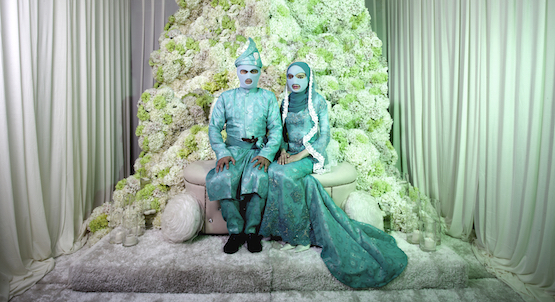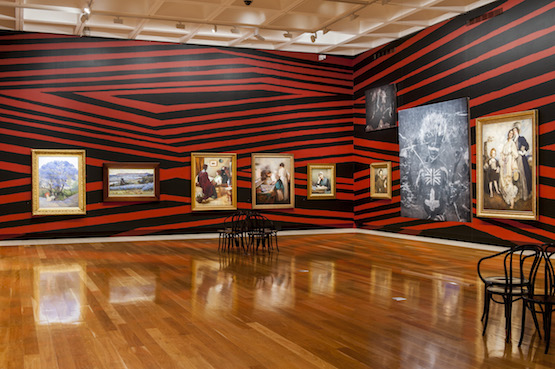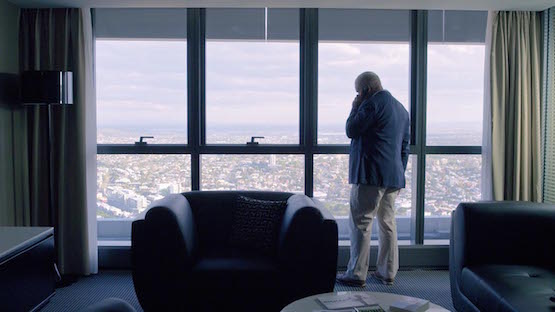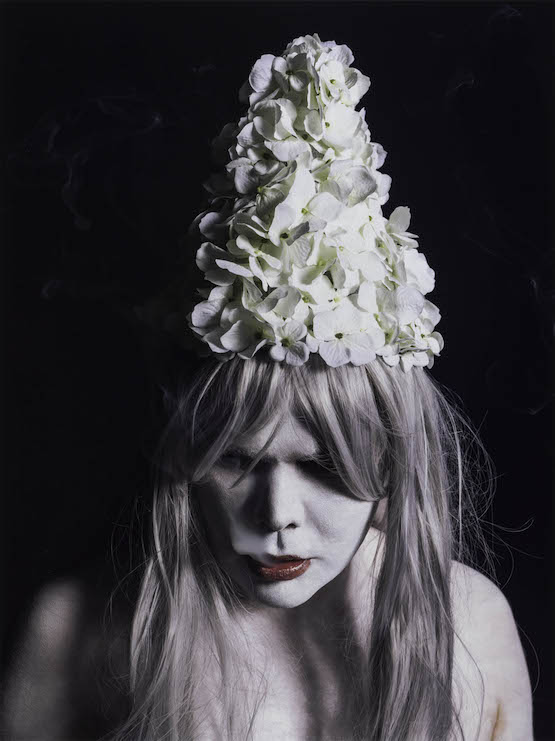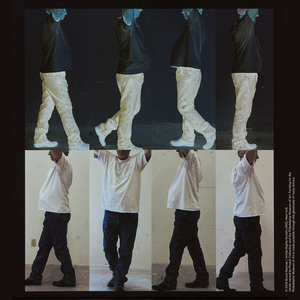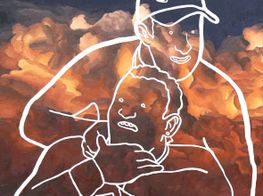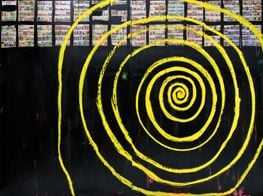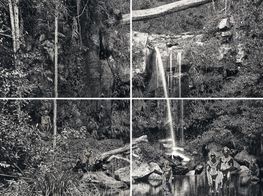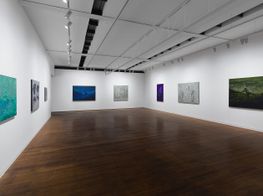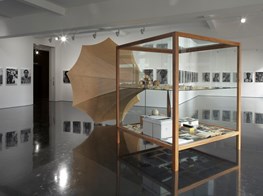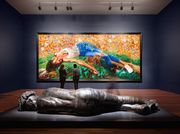Institutional critique in the 8th Asia Pacific Triennial

Since the late 1980s the major concern for curatorial practice has been the rise of biennale culture; the impact this exhibition format has had upon both the production and reception of contemporary art internationally. Reflecting on this lineage and recent politics from within the Asia-Pacific region, it is apparent that exhibitions such as the Asia Pacific Triennial require a new set of responsibilities in order to maintain criticality with audiences.
The Asia Pacific Triennial (APT) by Queensland Art Gallery and Gallery of Modern Art, Brisbane, is one of the first international major exhibitions to engage specifically with the politics and contemporary art practice of the Asia-Pacific region. The eighth edition of APT opened in November, marking 23 years since its inception, and it engages with 80 artists across two sites.
Image: Abdul Abdullah, The wedding (Conspiracy to commit), 2015. Image courtesy Queensland Art Gallery | Gallery of Modern Art, Brisbane. The success of this particular iteration can be seen through two main demonstrating factors. Firstly, through its decision to avoid instrumentalising artists by their nation state, and secondly through fostering practices engaged in institutional critique and subversive strategies around the questions of body and time, through performance-based works. This conceptual approach was emphasised in its importance by QAGOMA’s curator Reuben Keehan during the APT8 conference, where he said: 'In the Asia-Pacific, dynamic social change is not a cultural agenda, it is the condition of practice'.
A stunning example of institutional critique within APT8 is Intervening Time by Australian indigenous artist (Wiradjuri people) Brooke Andrew. Andrew has staged an intervention within Queensland Art Gallery’s existing Australian art collection. Usually this space houses Australian artwork, spanning the Colonial period from 1895 and beyond. For Intervening Time, Andrew has removed much of the work in the collection, and what takes its place is an alternative Australian art history narrative. A design referencing the chevron pattern of the Wiradjuri people covers the walls of the spaces, and is paired with the insertion of the six works from his 2012 Time series. This new formation, asserts the aboriginal body as central to Australian histories.
Image: Brook Andrew, Intervening Time, 2015, Exhibition view. Image courtesy Queensland Art Gallery | Gallery of Modern Art, Brisbane. Brisbane artist Richard Bell continues the focus on institutional critique. His film Larry is set in Venice, Italy, the site of one of the most established and visited biennales in the world. The work sees Bell adopting the persona of a wealthy gallerist to present viewers with an insight into hidden aspects of the art market. Larry highlights the ways in which Indigenous Australian art has become a marketable commodity, while the film also functions as a satire of the art industry. The projects of both Andrew and Bell highlight the pervasiveness of dominant colonial histories in Australia, but also work to place critical attention on contemporary art institutions and the histories they choose to represent.
Image: Richard Bell, Larry (still), 2015. Image courtesy Queensland Art Gallery | Gallery of Modern Art, Brisbane. The Asia Pacific Triennial has an excellent international outreach to the region the exhibition aims to represent. However, working with local artists has been given less importance in past iterations, which has previously sparked tension, and criticism from some local voices. However, this year the APT team seemed to have recognised this risk, as APT8 now sees the largest inclusion of Australian artists in the triennial's history. In addition to this, there was a new appointment of a project-based indigenous advisory group, which has offered specialist support for the exhibition. Consequently, a large number of indigenous Australian artists were well represented, by the aforementioned Brook Andrew and Richard Bell, and also Gunybi Ganambarr, Danie Mellor, Yukultji Napangati, Segar Passi and Christian Thompson. These inclusions assisted in opening up transnational exchanges with other countries in the region that have similar colonial histories.
Image: Christian Thompson, Trinity II, (from Polari series), 2014. Type C photograph. 100 x 75cm. Purchased 2015. Queensland Art Gallery | Gallery of Modern Art. Foundation / Collection: Queensland Art GalleryInternationally, over the last 20–30 years, many biennales and triennials have increased in their regional scope. Although seemingly progressive, behind the scenes, these exhibitions still often shadow foreign policy and tourism agendas, which is reflected in their nation-based curatorial categorisation. APT however, is an exception to this international trend, through the institution’s ability to be self-reflexive. This is achieved through the way APT8 has consulted and collaborated with both regional and local partners, and through the triennials’ commitment to presenting subversive and self-responsive work. The outcome of this approach can be seen with audiences, who when reflecting on the region, are conditioned to perceive their world from a pluralistic position. —[O]

